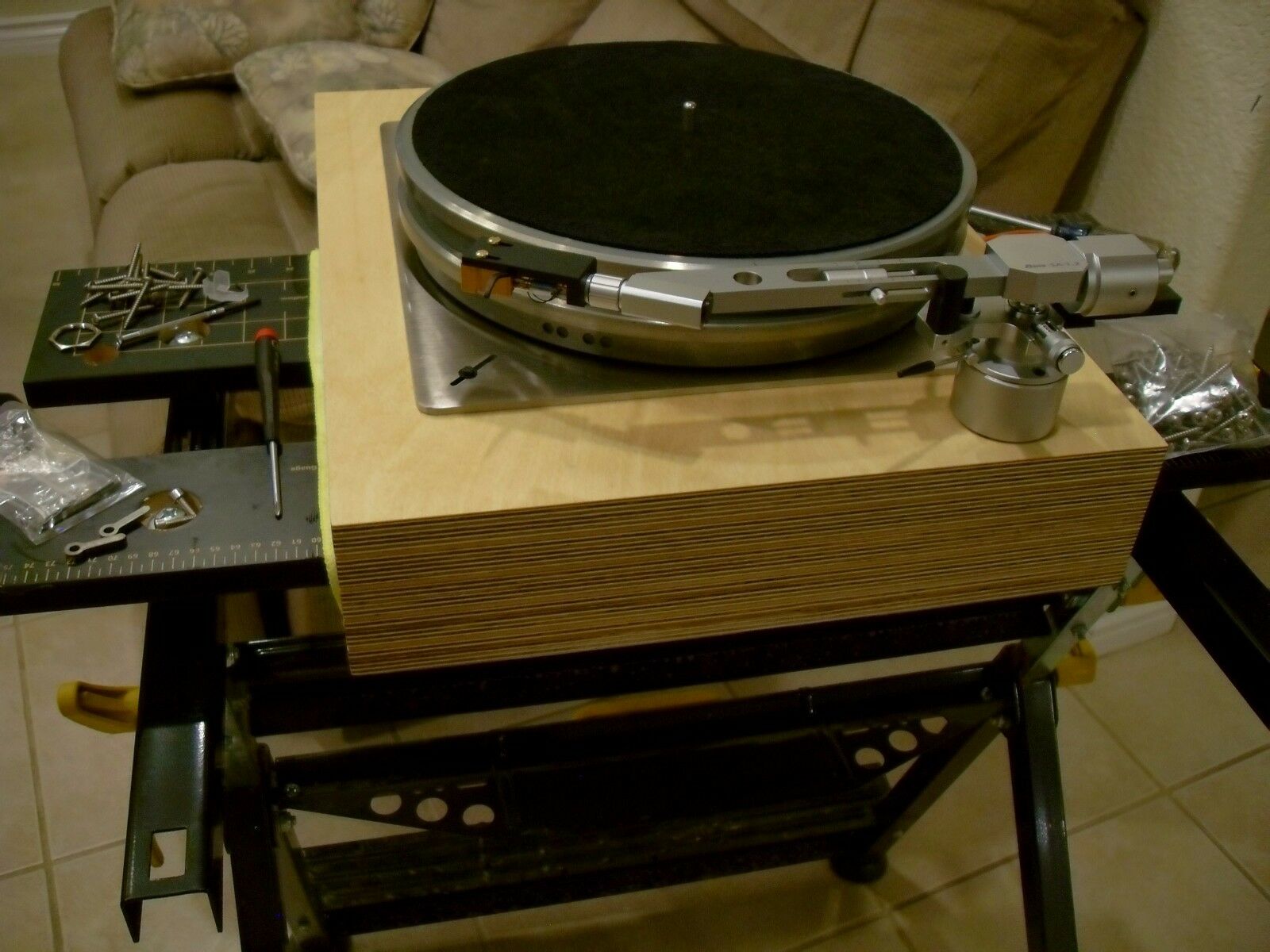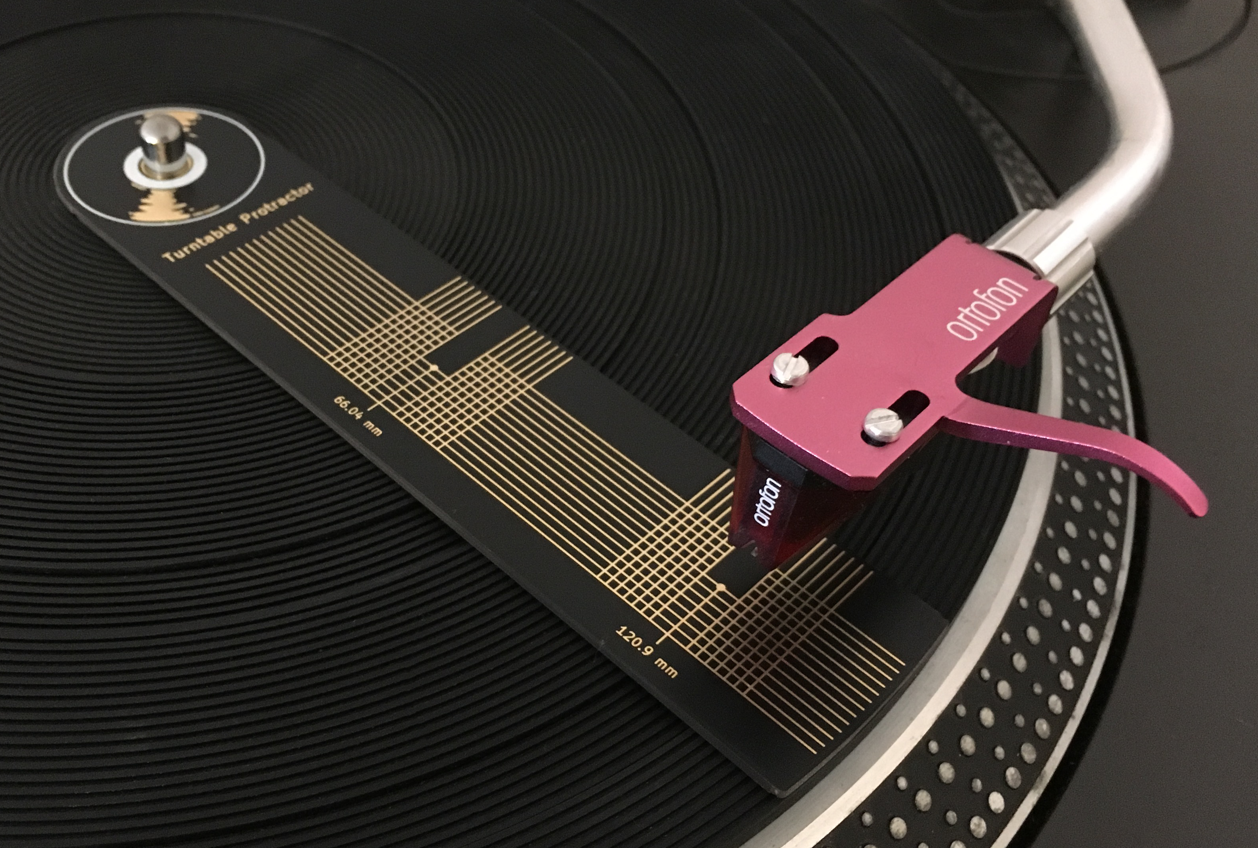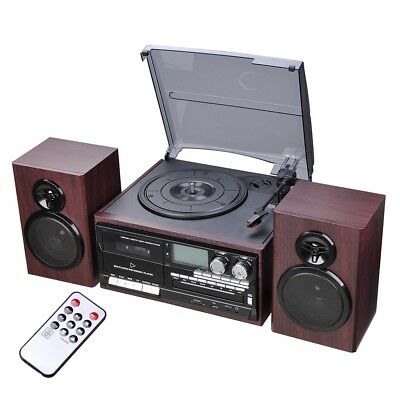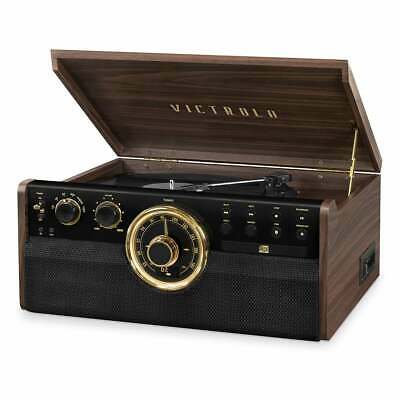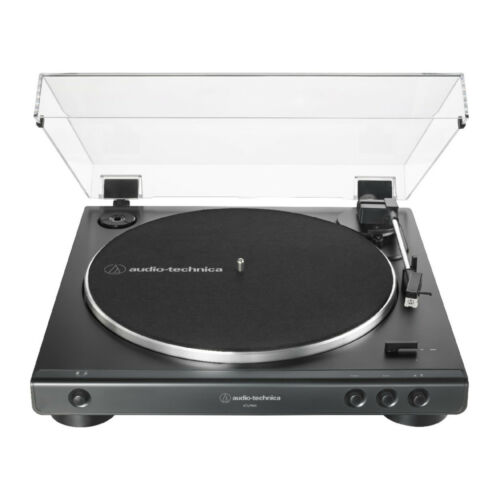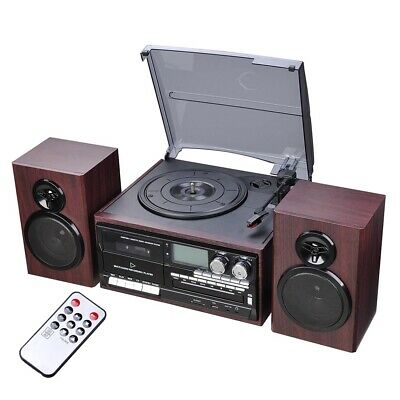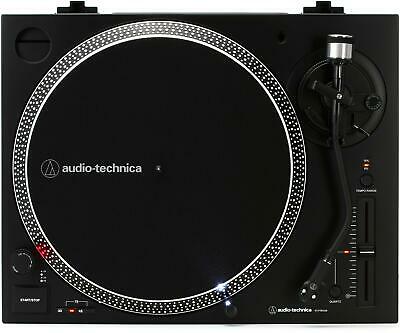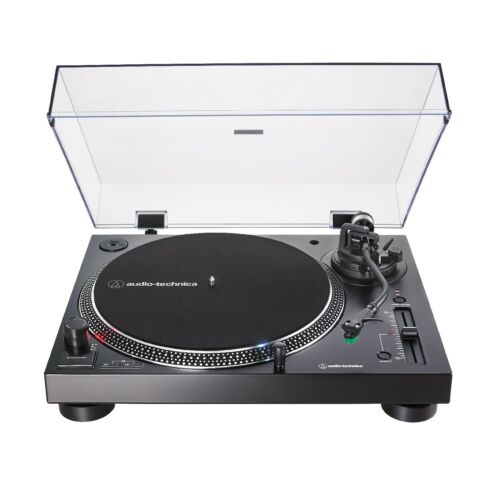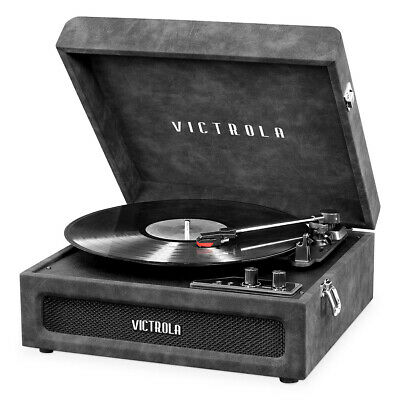-40%
Sorane/Abis SA 1.2 tonearm silver or black
$ 1003.2
- Description
- Size Guide
Description
We have black and silver in stock nowI do have one silver Abis SA1.2 rewired with Cardas Clear phono wire if anyone is interested.
paradoxpulse.
Abis has changed their name to Sorane! This is the same company with the same product just a new name.
Silver/Clear is default color. If you want black let me know by putting SA1.2B in the note to me.
Sorane SA 1.2 tonearm in silver or black, SA1.2B is for black. If you want to make me an offer please go direct.
This tonearm is my standard for exceptional performance. I use for the reference system although I modify it first with a complete rewire job (additional cost) using the best wire on the planet for such a job, Cardas Clear phono wire.
The REWIRE IS ADDITIONAL 0- COST. If you want to do it yourself I will help with tips but read Cardas instructions (on their site) on how to prepare the wire and be advised that you must have a temperature controlled solder iron or the wire will disintegrate from too much heat!
"The ultimate tonearm wire. Clear 34 AWG tonearm wire features ultra pure Cardas copper, arranged in multi-stranded Litz conductors, and wrapped in ultra-light nylon Microfiber
(
Microfiber
(or
microfibre
) is synthetic fiber finer than one
denier
or
decitex
/thread, having a
diameter
of less than ten
micrometres
. A strand of silk is about one denier and about a fifth of the diameter of a human hair.
)
instead of extruded jacket. The result is a nearly weightless (and no damage to the copper from heat extrusion) conductor that's so flexible your tonearm will barely know it's there improving an already superb bearing system because of it's weightlessness. The 4x34 version has all four conductors braided together.
"
This tonearm with Cardas Clear wire was used along with a Paradox Pulse R SMR cartridge at the;
T.H.E. Show Newport's Amazing 2nd Floor
By Jason Victor Serinus
"
Perla Audio has come a long way since I first encountered the company in Las Vegas some years back. Specializing in virtually holographic imaging, Perla's PRS-2 speakers (00/pair) did quite well with the family-owned company's USB DAC (00), monoblock amplifiers (,500, presumably for the pair), phono stage (00), and integrated amp (00). I assume the monoblocks and integrated were not both in use at the same time, but I wasn't told which I was hearing;
what they
did
use was a Paradox Custom Pulse turntable, equipped with a Denon 103R MC phono cartridge mounted in a Paradox Pulse cartridge body.
On the Muddy Waters
Folk Singer
LP, I experienced an astoundingly high, holographic image and lots of dynamic contrast. The timbre of the guitar was excellent. Switching to full-range classical, we threw all caution to the wind with Johann Strauss, Jr.'s extremely dangerous, banned-in-Kansas
Lucifer Polka
. Once I got over laughing at the ridiculousness of it all, I realized that the system conveyed the waltz's broad strokes quite well, if not all of the air, instrumental finesse, and overtones on the recording."
The SA1 was revised, and replaced by the SA1.2.
The arm features improved bearings and geometry.
The sound of the Abis SA1.2 tonearm is powerful and engaging. Due to its substantial construction, cut from billet aluminum, and fastened together with great care, there is virtually none of the resonance associated with S-shaped arms. In contrast to classic tonearms from the past, which suffered from resonance and irregular bearings, the SA1.2 provides the ideal mass for a cartridge like the Denon DL103R or Ortofon SPU (also, mono cartridges like the DL102, or even antique cartridges like the GE VR and Fairchild). This tonearm is great for any moving coil cartridge like Benz Micro, Miyajima, Clearaudio, Ortofon, Sumiko, Cardas, Transfiguration, Lyra etc...The weakness of low mass tonearms is that they make poor matches for medium and low compliance cartridges.
The Abis SA1.2 gives you precise radial-bearing performance and low resonance, while providing the necessary mass for medium and low compliance cartridges. Key to the performance of the SA1.2 and SA1.2B is the use of very high grade ball bearings. Bearings used for horizontal movement are axial-loaded, angular-contact, thrust-bearings. These thrust bearings have zero play and are held in contact by gravity. You can think of them as acting like a unipivot, but with more than one contact point. Because they have two tapered seats, they will self-align in the presence of a load (gravity), have exceedingly low moving friction and are especially suited to angular and axial loads. The angular error needed to misalign these special bearings, commonly used in high precision machinery, are so severe that they fall well outside the operating conditions for a turntable (if you need an arm for playing in zero gravity, or turned at 90° to earth’s gravity, you will be forced to use a different style of tonearm). Traditional deep-grooved ball-bearings are not specifically designed to take an axial load, being better suited for radial loads like a wheel bearing, and they suffer from much higher rolling resistance. While the quality of the bearing materials are a key to success, the proper choice and loading of bearings is just as important. Angular Contact Thrust Bearing Also key to the performance of all tonearms, and especially the SA1.2 and SA1.2B, is the resonance characteristics of the arm “tube”. The SA1 design is built from four pieces of billet aluminum, milled to tight tolerances, finished, fitted by hand, and torqued to settings determined by experimental observations. The torque values chosen introduces preload on the fasteners, and produces hysteresis stresses (basically, inner friction) in the crystalline structure of the metal. These stresses damp vibration by forcing the crystalline structure to be more tightly bound, than when in a free state. The elastic and anelastic properties of all four pieces are slightly different, preventing dominant acoustical nodes from developing.When properly machined, fitted and torqued, a unit composed of several milled pieces will have lower maximum resonance, with several smaller resonance frequencies, compared to an arm tube composed of one piece. These statements are backed up by scientific study into weapons systems, rockets, engines, structural elements, etc.. Resonance is a key source of failure, and the research proves the point: a single piece of billet material can have 1~3 dominant resonance frequencies, with one resonance frequency dominating the performance of the structural member. If you think about the bars that form the notes on a xylophone, you will have a practical understanding of the limitations of “one-piece” arm tubes. In practice, a combination of surface finish, damping materials, shape, density, alloy, crystalline structure, fastening technique, and fastener preload, among others, will determine the relative distribution of acoustic energy in a tonearm. Since extremely dense (heavy) materials, like depleted Uranium, don’t easily lend themselves for use in tonearms, a holistic approach is necessary.The rectangular shape, the tight assembly by hand, and the nature of billet aluminum creates a low-resonance design that is essentially quiet. The preference for 12″ arms has more to do with compliance match, than the theoretical advantages of a 12″ arm (which are nullified by the use of a spherical tip). The SA1.2 and SA1.2B maximize the possible geometry at 9.4″, while excellent damping and high mass give it the tonal balance of 12″ arms. With the SA1.2 and SA1.2B, the tracking error is very low, while the superior sonic signature of the billet aluminum arm parts, and the mass equivalent to most 12″ arms, gives 12″ arm sound in a compact form. It is ideally suited for low to medium compliance cartridges, especially those that are particularly problematic when it comes to mistracking.
Technical Data;
Length:
310mm
Spindle center to arm pivot distance:
212mm Stylus to pivot distance: 228mm Overhang:
16mm Cartridge
weight:(effective mass)15~45 grams, including headshell, stock headshell 17 grams. Anti-skating device.
Net weight: 745 grams, with headshell attached 762 grams.
Spindle shaft diameter 20mm.
Made in Japan
I do not always have the modified version in stock so expect a 1 week delay if not in stock at time of your order for the Cardas wire mod.
I can also mount this tonearm for you on your turntable and set up your cartridge fee will vary.I also make custom headshell wires with Cardas Clear and custom DIN to RCA using the Cardas box but all the wire and RCA's are mine, so you can use conventional interconnects the rest of the way.
I also build the Paradox Pulse Guard R MC cartridge, last pictures, with standard aluminum cantilever and 0.2mm special round diamond or with Sapphire cantilever and micro ridge diamond.I also have Pulse products like the Pulse phono pre with jfet amplification, passive RIAA, infinite external loading, Cardas wiring (even in the A/C) and PIO (like vitamin Q but Russian) coupling caps.Be sure to state color (black or silver) on the buy it now!
Terence Robinson
The SA1.2 was added to Stereophile’s Class A list of recommended tonearms in the
Tonearms
A Sorane/Abis SA-1.2: The Japan-made Abis SA-1.2 is a high-mass 9" tonearm that began life as the Abis SA-1, famous for impressing AD and for having been withdrawn from an earlier edition of "Recommended Components"—by its importer!—while undergoing revision. The new SA-1.2 reflects a number of refinements: improved bearings, greater effective length (9.4" vs 9"), and slightly higher offset angle. The arm's basics remain: a precision-milled armtube of rectangular cross section, static downforce, and a removable headshell for easy cartridge changes. When he used the revised SA-1.2—also an HR favorite—with the perennially recommendable Denon DL-103 cartridge, the low compliance of which is well suited to such a high-mass arm, AD found it capable of pulling from his records "tremendous amounts of touch and force and impact." The SA-1.2 was so good, he declared, that it made his Thorens TD 124 sound more like his Garrard 301. (This, he suggests, is good.) Speaking of which, AD cautions that, to make the Abis more compatible with the unusually low-slung platter of the TD 124, the user must make one or two adjustments. His conclusion: "I'd put the combination of Abis SA-1.2 and Denon DL-103 up against all but their priciest competitors." (Vol.37 No.3, Vol.38 No.11, Vol.39 No.4 WWW)
The Abis tonearm makes Stereophiles CLASS A recommended components and that is without the rewire job!
Just think about how this arm will bring your MC cartridge to life, check out some of the comments from paradoxpulse Awards page.
Customers comments;
Abis SA1.2 and Pulse R SMR
"
Terence, You're a genius!
The breath-taking music emanating from your creations defies adequate description.
I was so engrossed in album after album, night after night, that I couldn't pause long enough to compose a complete email to you from greeting to closing without refocusing on the glorious sounds generated by your combined masterwork on the Abis 1.2 tonearm and Pulse R cartridge.
Instead of the attached photograph, I had hoped to send you a 4K hi-def video of your artistry enabling the TransRotor "Fat Bob" to sing like a world-famous tenor at the Metropolitan Opera here in NYC.
And that's where I went terribly wrong. The second or third-hand m, demo TransRotor turntable I acquired just couldn't match the perfect finishes on both the brand-new Abis and Pulse R. So, with some assistance, I was trying to polish up the heavily patinated "Fat Bob" to capture all the synergistic beauty in a video to send you via Dropbox.
In the laborious process, a loose polishing cloth must have caught the cantilever and stylus. At first, I thought I was exhausted and merely needed my reading glasses and a bright LED flashlight to see the cantilever, but I was horrified to see under closer scrutiny that the entire cantilever apparatus was gone. Tonight, I will continue to comb through the carpet pile in desperate search of the missing limb with the precious stylus; but, at this point, I'm gravely concerned that it may never be recovered.
The good news is that I had more than ample opportunity to realize the extraordinarily fine match of your artistry with my existing equipment. The background was a silky, jet-black silence; yet, the music was powerful and exceptionally well-balanced across the entire tonal spectrum.
Therefore, I not only wish to take full responsibility, but also enthusiastically send you full remuneration for an entirely new Pulse R of the exact same specifications and very fitting silver/aluminum colored body.
If I recall correctly, I may have purchased your last silver bodied cartridge. I don't know how long it may take to reorder, so perhaps I'll go with the gold colored version if you have one on hand.
If reordering doesn't take too long, I could wait for another silver body. Regardless, I have already sent you ,100.00 dollars via PayPal as a good-faith deposit on a replacement cartridge and express shipping once again.
You truly have an incredible product, which makes me have no hesitation in forwarding you additional funds. If you haven't received it, please let me know right away.
Faithfully yours,
Andrew"
